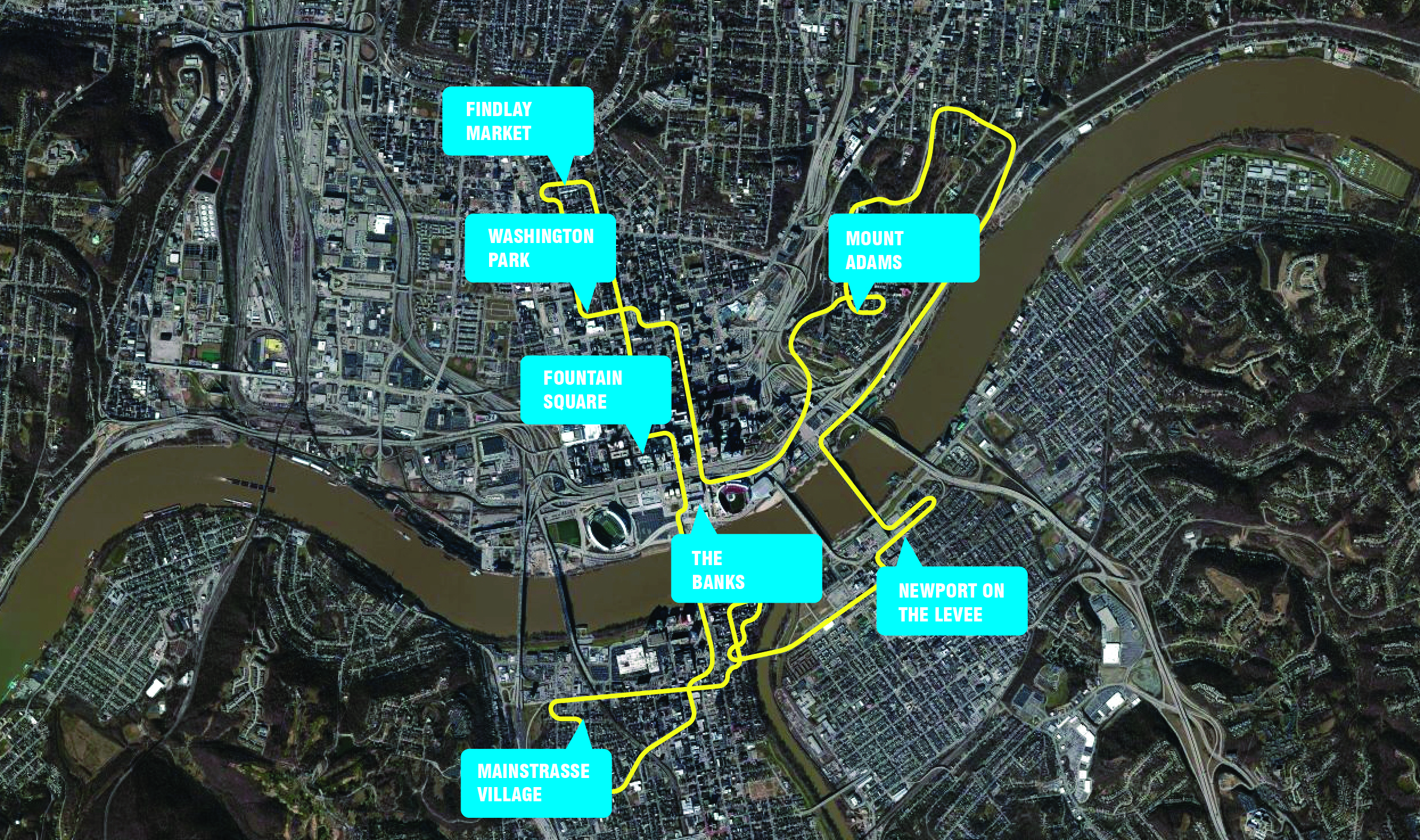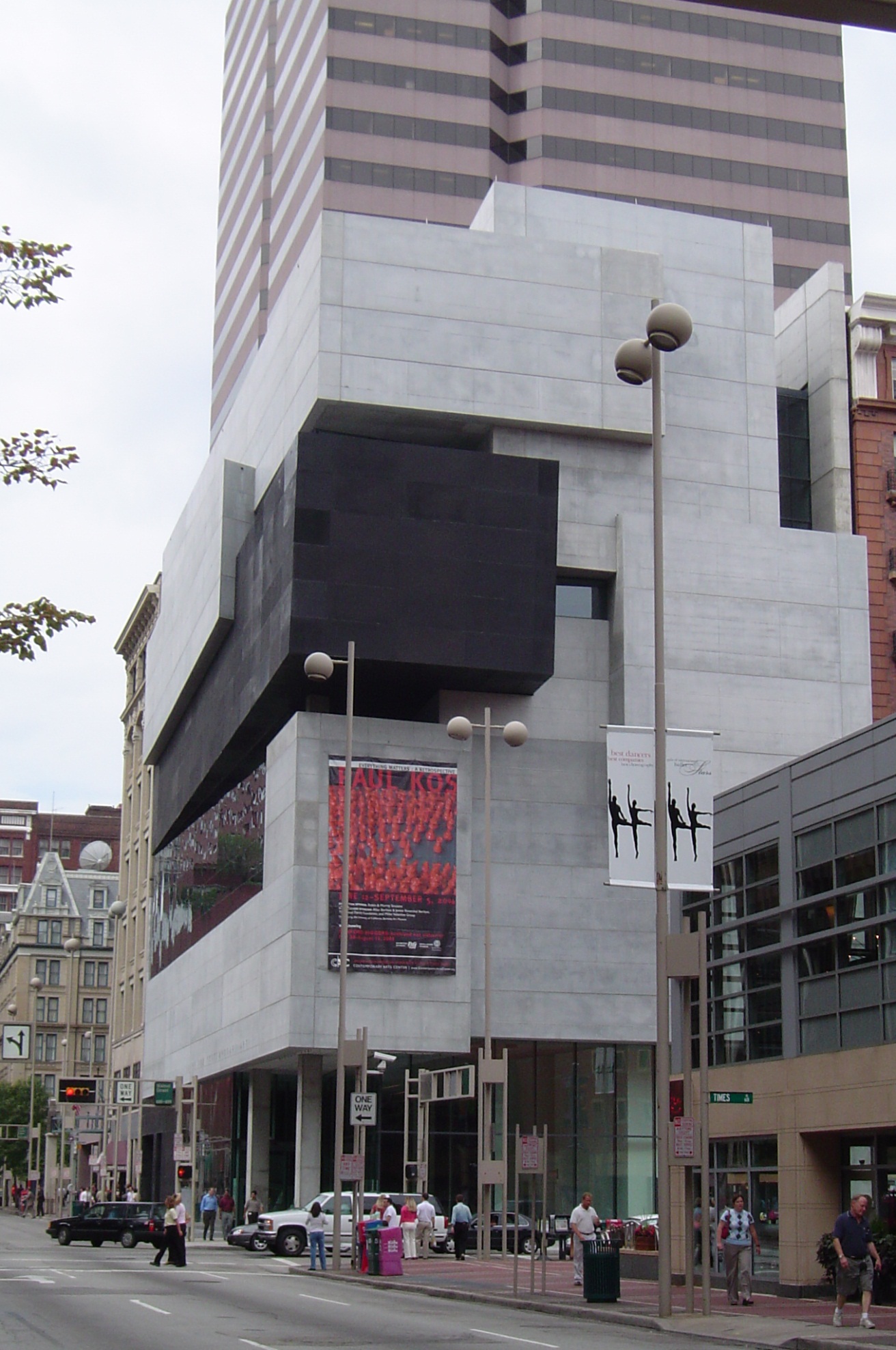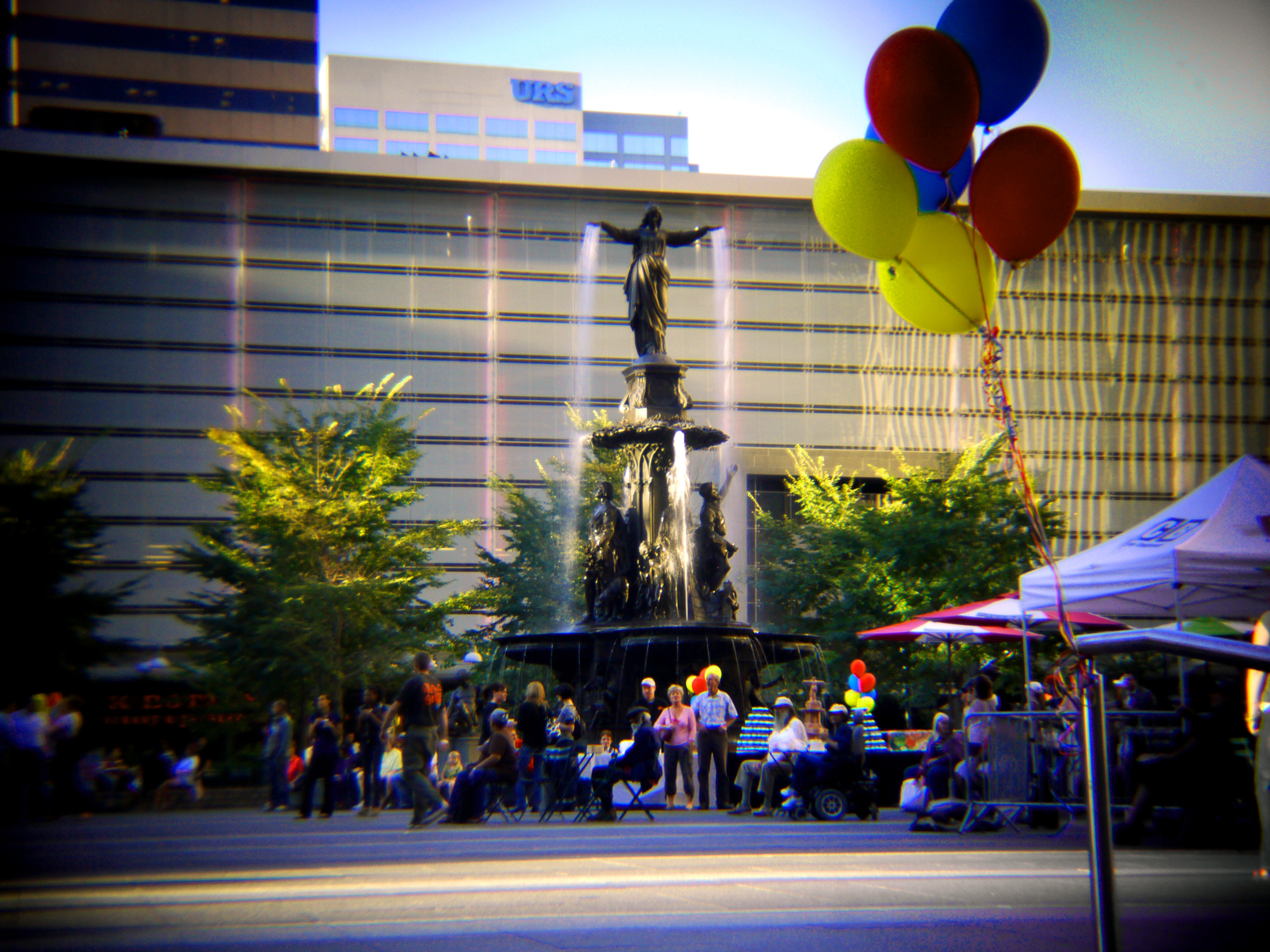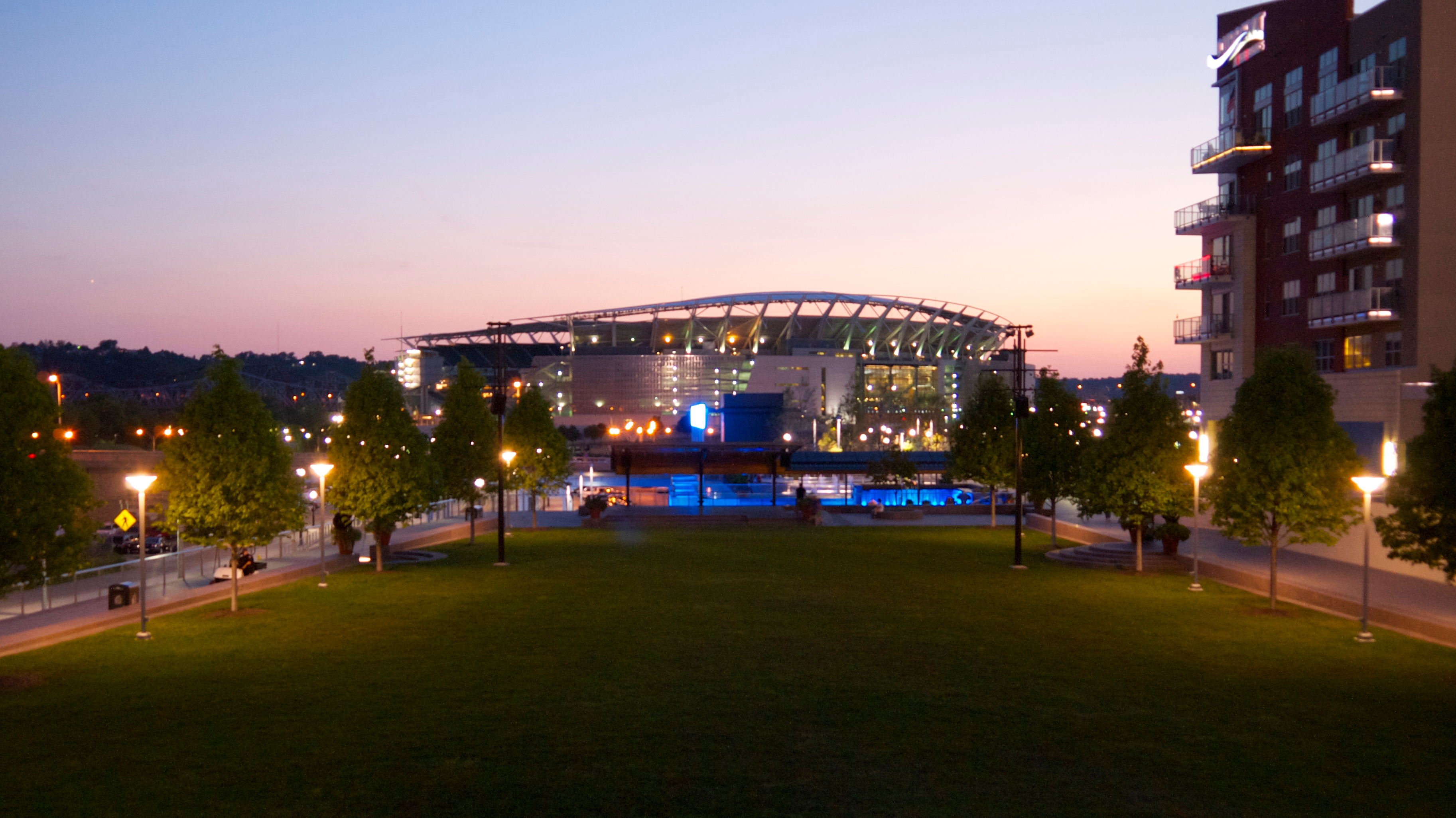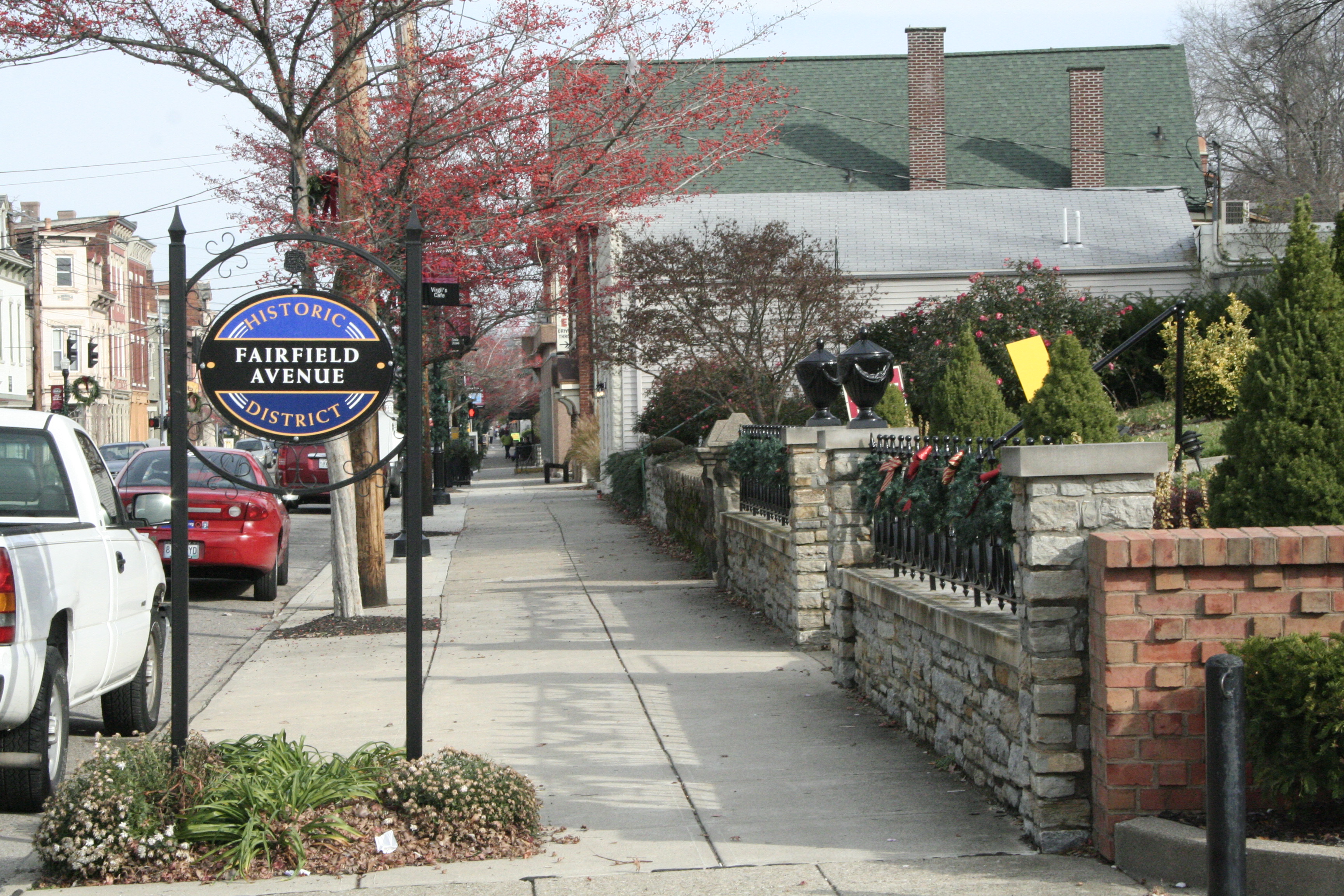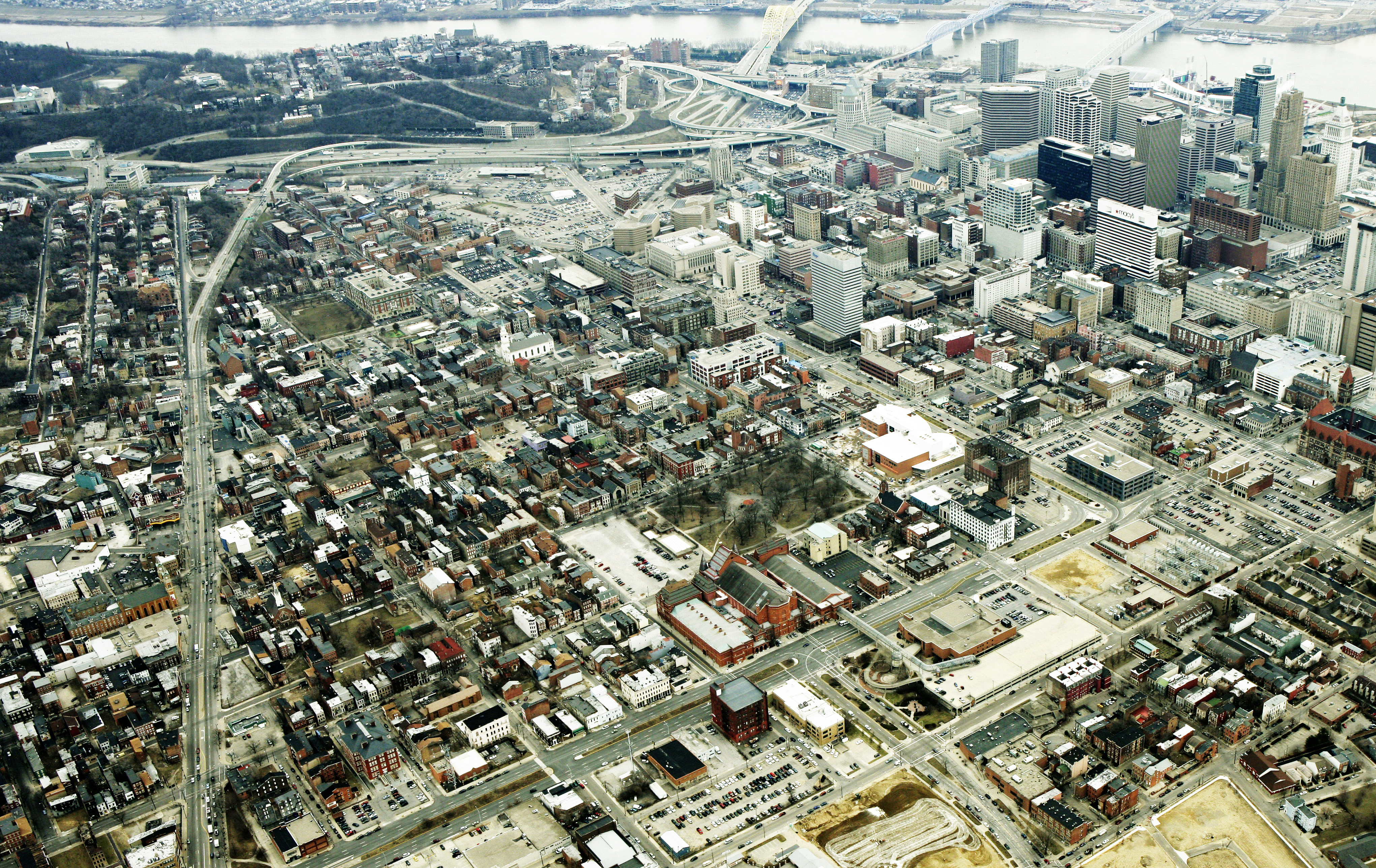By The Lakota Group | October 10, 2012
I recently had the opportunity to spend a long weekend back in my hometown of Cincinnati, Ohio. Every time I take a trip back I’m eager to experience the slow, but steady, revitalization of downtown and the near neighborhoods. This time, it was a little bit more exciting because I was hauling my bike down from Chicago with me. As a kid and teenager, I never could have imagined riding a bike downtown, and definitely not in the neighborhoods surrounding Downtown. Crime and divestment has plagued the Queen City and its neighborhoods since the 1970s, and Cincinnati has been viewed as a quintessential Midwestern “rust belt” town my entire life. What better way to get a comprehensive snap shot of Cincinnati today then to bike through its downtown streets and 200-year-old neighborhoods.
During this trip I was amazed not only by the amount of financial investment that has taken place, but by the new-found sense of joy and pride I could see in my fellow Cincinnatians. Downtown, anchored by Fountain Square, is once again a bustling cultural hub for the region. New visual and performing arts centers, such as Zaha Hadid’s Contemporary Arts Center, have been developed and the restaurant scene in downtown is like it has never been before.
“The Banks,” nestled on the north bank of the great Ohio River, which had laid vacant for years after two new sports stadiums (NFL’s Bengals and MLB’s Reds) were constructed in the early 2000s, is now a vibrant mixed-use neighborhood. Covington, Newport and Bellvue—just across the river in Kentucky with their beautiful and eclectic collections of homes that date back to the 1800s—have grown out of their blue-collar, workforce housing images into authentic and independent urban neighborhoods.
Just northeast of downtown, Mount Adams still hosts some of the most spectacular urban views in the Midwest. The topography of Cincinnati is unrivaled in this part of the country as urban townhouses hang off of the cliffs that surround downtown.
Perhaps the most inspiring change over the past five years has taken place in the Over-the-Rhine. A neighborhood which owns the largest collection of Italianate architecture in the country has found its legs. Once and perhaps, still, home to the highest crime rate and concentration of poverty in the region, “OTR” now mixes art galleries, boutiques and fairs with corner stores and social services.
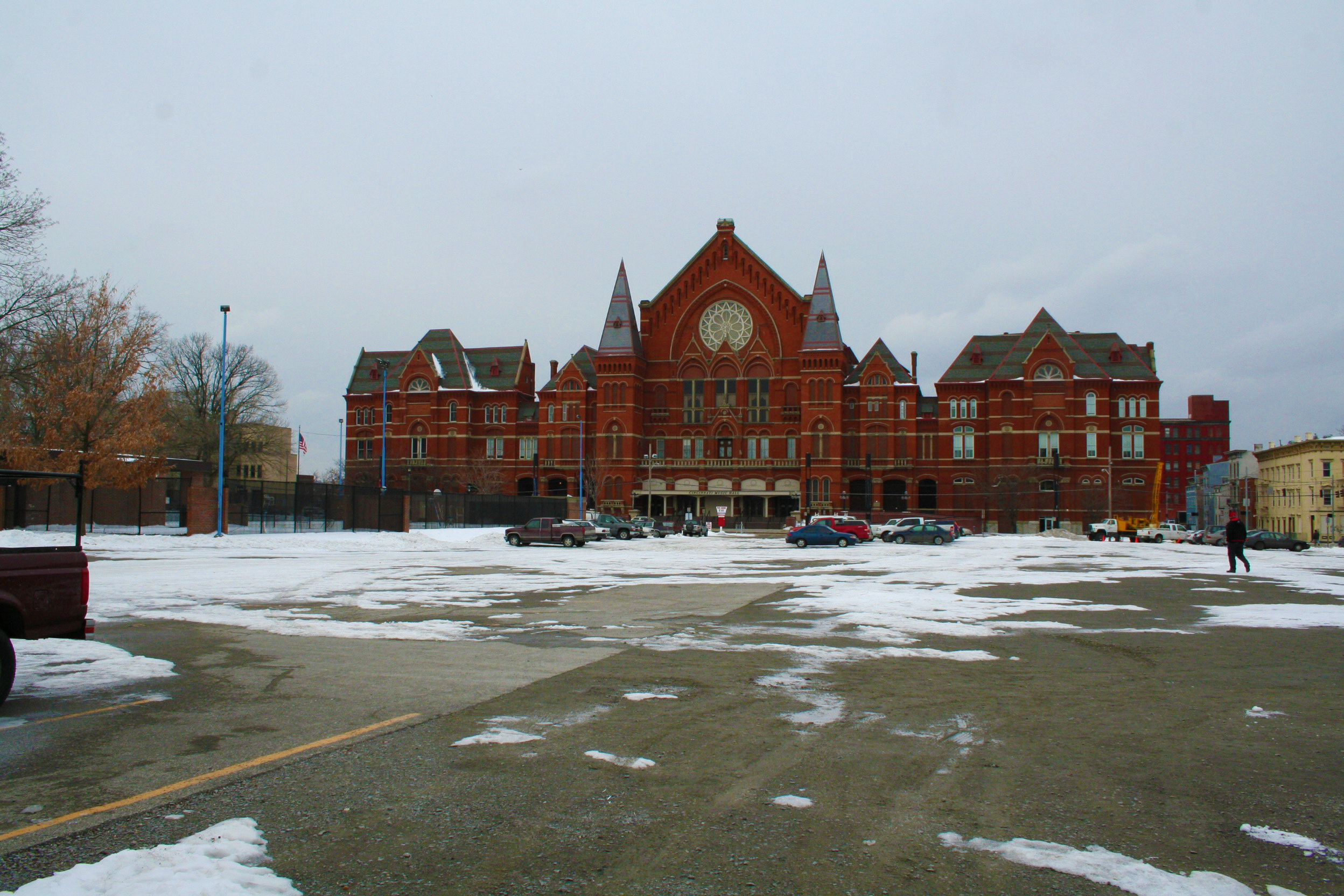
Music Hall is located across the street from Washington Park in Over-the-Rhine. The picture displays the park before renovations.

Cincinnati spent $46 million in renovations at Washington Park. The project was completed in July 2012. Photo source: Flickr user taestell
